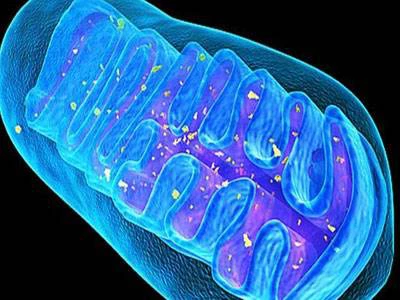Studies have found that mitochondria are reversible regulators of skin aging and hair loss

Studies have found that mitochondria are reversible regulators of skin aging and hair loss

Copyright © iCell Bioscience Inc, Shanghai 2018-2019
Long wrinkles and hair loss are typical phenomena of aging in many people. Now, scientists have verified this possibility in mice. It was found that when mitochondrial function was impaired, the mice wrinkled and lost hair in a large area within a few weeks. Even more surprisingly, shutting off mutations that cause dysfunction can make mice "return to youth" - the symptoms of aging are alleviated.
Mitochondria are the main site for maintaining cellular energy supply and aerobic respiration. With aging, mitochondrial function will gradually decline. Even worse, mitochondrial dysfunction is prone to trigger a range of age-related diseases such as cardiovascular disease, diabetes, age-related neurological diseases and cancer.
A team led by Keshav Singh, a professor of genetics at the University of Alabama's Birmingham (UAB) School of Medicine, found that mutations that trigger this wonderful "phenomenon" occur in nuclear genes, linked to mitochondrial function.

In this study, the researchers used mice as a model to induce mutations associated with mitochondrial dysfunction using the antibiotic doxycycline, triggering mitochondrial DNA deletion.
It was found that when eating foods supplemented with doxycycline or drinking water for 4 weeks, the hair of these mice would turn white, hair loss, slow movement, and listlessness. These changes are similar to natural aging. Within 4-8 weeks, the skin of the mice began to wrinkle and the females were more severe than the males.
After the mutation was induced, the changes in other organs were few. This means that the role of mitochondria in the skin is more important than other tissues. This phenomenon of hair loss and long wrinkles can be reversed by closing the mutation. After one month of stopping the use of doxycycline, these mice with aging symptoms will "return to youth" and the lost mitochondrial DNA will recover.
A large number of skin cells appear in the skin of mutant mice, and the outer layer is abnormally thickened, hair follicle dysfunction, and inflammation are increased. These pathological changes are similar to the external aging of human skin.
At the same time, mitochondrial DNA deletion can also cause changes in the expression levels of four aging-related markers in mutant mice, similar to intrinsic aging.
Studies have shown that the balance between matrix metalloproteinases and tissue-specific inhibitors in the skin is disrupted - a balance between the two is necessary to maintain collagen fibers in the skin and prevent wrinkles.
This mutation induced by antibiotics reduces mitochondrial DNA levels, alters mitochondrial gene expression, and destabilizes mitochondrial oxidative phosphorylation complexes.
At the same time, reversal mutations can restore mitochondrial function and restore skin and hair. This suggests that mitochondria are reversible regulators of skin aging and hair loss.
 Loading ....
Loading ....
